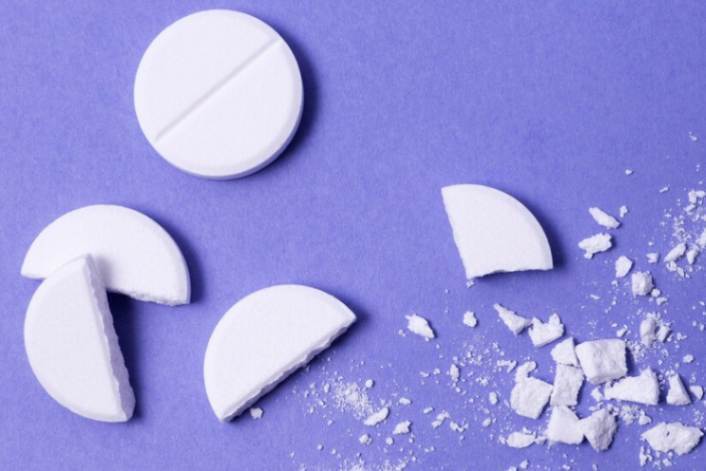What will my kidney transplant scar Look Like?
- After the body has started healing, a scar will look like the stitched body will look as if the incision is sealed tight. Then, the body begins to start healing the skin. The healing process can take about 1-2 years, and there can be healing in three stages: inflammation, proliferation, and maturation.
- The scar will look different in all the various stages of the healing. During the first stage, there will be swelling, redness, and pain, which will last only a few days. During this period, you will be under observation to check for infections.
- The second stage will be the regeneration stage, in which there will be gasps at the edge of the incision that is seen, and the wound will be fully closed after 2-3 weeks.
- The final stage is the remodeling stage, in which there will be no open incision on the body, and it can take six months to 2 years to heal the scar completely. In this stage, the restrictions and the pain in the movements are reduced, and the cream will be required to prevent the complete formation of scars.
Healing of kidney transplant scars -
The body needs some time to heal, which starts soon after the incisions are closed. Then, the incisions begin to heal, and the scar tissues can build up and limit the range of motions in the chest and abdomen. This motion can also help with healing and provide flexibility and mobility in the body. Many techniques can help in the healing process. Some of the methods involve regularly moisturizing and massaging the area. In addition, the people undergoing the healing process can see the changes in the color of the scars as they heal.Different methods of healing a scar after a kidney transplant -
Scar massages -It is a technique that includes rubbing and deep pressure on the scar, and it can become red and raised after the prevention or stick to the underlying muscle tissues, which also contain muscles and bones. As a result, there can be limited movements in the limbs and decentralization when the wound is fully healed and when there are no signs of surgical staples or scrabs.How do I massage my scar?
To perform a massage, one will use the pad on their thumbs and fingers directly on the pressure in the scar and skin, not rub your finger on top of the wounds. You will know to apply the correct pressure, and when the skin balances become white, fingers are not sliding over the scars, and the scars are moving with the motion of the fingers.Continue to apply pressure up and down the scar and adjacent to the scars. You can move up and down and get the scar message daily to have some effect on scar development and pain reduction. Slight pressure on the scars can also be beneficial in their healing process.One should continue this massage for about six months after the scars have started healing, and it can reduce 3- 4 days a week until the scar is no longer painful. This scar will become pink and reddish as the scars start to heal.Other treatment options for kidney scar after transplant surgery-
Though it is not advised to get a lot of treatment for the condition as there can be pain associated with the use of harsh chemicals in moisturizer or oil that can also make it difficult for the person to heal the condition scars.- One other way of healing a scar is a laser treatment that includes penetration that can further harm the skin. It should be performed sometime after the operation is performed.
- Usually, people do not opt for laser or any other treatment for kidney transplant scars as the scars are underneath the surface and barely visible. However, if you still have problems dealing with the condition of the developed scar, then it will be best to get in touch with the doctor.
Precaution for kidney scar transplant -
It is essential to be patient while the scar is becoming dry. The massage and other treatments should start after the scar has dried. One can apply Vitamin E and use lotion to use something that is gentle and does not have chemicals. Applying cream and preventing the fingers from drying while massaging the scars will be best. Scars should not be thicker than 70-80% of the normal skin, and the scars should be massaged without developing blisters. One can also apply some pressure while massaging the area, allowing it to heal. Scars are susceptible to sunburn and can heal like normal skin. Therefore, you should keep this area covered for a year and apply sunscreen after a year to protect the scar from UV damage.Conclusion-
The kidney scars are present on the lower side, depending on which kidney was transplanted. There will only be scars from the stitches and incision that will generally require up to a few weeks to heal. The spot, though, can take up to 2 years to heal completely. It will also vary with age and underlying medical conditions. If a patient is too worried about developing scars, theta can contact a cosmetologist and get a few other creams or oils to spread the disease further.Frequently Asked Questions
How long will kidney incisions take to recover?
Kidney incisions can take 3-6 weeks to recover from the kidney transplant, and there can be a pain in the kidney or belly while removing the kidney. In such cases, you should get in touch with your doctor.
Will kidney transplant scars go away?
The doctor can finish the surgery and close the stitches or the staples, which will be removed 1-3 weeks after the surgery. This stitch will leave a scar that can fade away with time. The fading can be aided with creams, ointments, and oils.
How long will it take for a person to bounce back after a kidney transplant?
Transplant patients return to their lives 4-8 weeks after the surgery, but there are certain restrictions on lifting to reduce the risk of complications. In addition, patients are to take care of their incisions till they are completely healed, as they can get infectious.
Where is the scar on the body after the kidney transplant?
While patients can develop deep asleep, the pain-free incision may require the lower right quadrant of the abdomen. In addition, it will be dependent on which kidney the operation is operated on.
How long will a kidney incision take to heal?
A kidney incision can take three weeks to heal, and you can resume working. There may be able to return to light activity after six weeks, and you will need blood tests to monitor the functioning of the kidney.

Reviewed by







